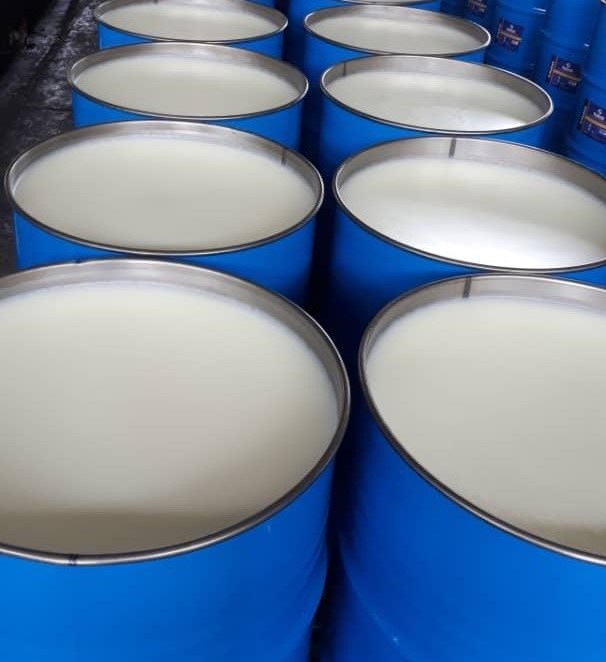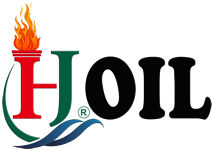Definition Of Petroleum Jelly
Petroleum jelly (also called petrolatum) is a mixture of mineral oils and waxes, which form a semisolid jelly-like substance. This product hasn’t changed much
since Robert Augustus Chesebrough discovered it in 1859. Chesebrough noticed that oil workers would use a gooey jelly to heal their wounds and burns.
He eventually packaged this jelly as Vaseline. Petroleum jelly’s benefits come from its main ingredient petroleum, which helps seal your skin with a water-protective barrier. This helps your skin heal and retain moisture.
Chemists derive petroleum jelly from oil. Following its accidental discovery during the oil-drilling process, it has now been around for more than 100 years.
Petrolatum is made by the waxy petroleum material that formed on oil rigs and distilling it. The lighter and thinner oil-based products make up petroleum jelly, also known as white petrolatum or simply as petrolatum. Robert Chesebrough is the chemist who devised and patented this process (U.S. Patent 127,568) in 1872.
Basically, the crude material undergoes vacuum distillation. The still residue is then filtered through bone char to yield petrolatum.

Petroleum jelly, also called Petrolatum, translucent, yellowish to amber or white, unctuous substance having almost no odour or taste, derived from petroleum and used principally in medicine and pharmacy as a protective dressing and as a substitute for fats in ointments and cosmetics. It is also used in many types of polishes and in lubricating greases, rust preventives, and modeling clay. Petrolatum is obtained by dewaxing heavy lubricating-oil stocks. It has a melting-point range from 38° to 54° C (100° to 130° F). Chemically, petrolatum is a mixture of hydrocarbons, chiefly of the paraffin series.
Applications of Petroleum Jelly
1. Medical treatment
2. Skin and hair care
3. Product care and protection
4. Fire Retardant Coating
5. Lubrication
6. Industrial production processes
7. Used In Cable Material
8. Used as flame retardants
9. Used as Polyvinyl Chloride plasticizer
10. Mechanical barrier functions
11. Cleanup
-
Industrial Grade
-
Cosmetic Grade
-
Pharma Grade








